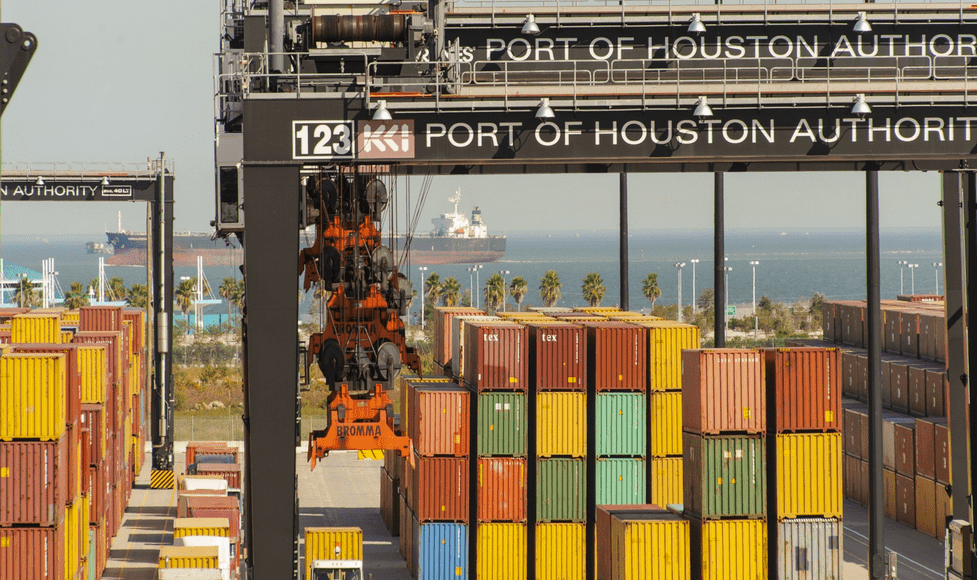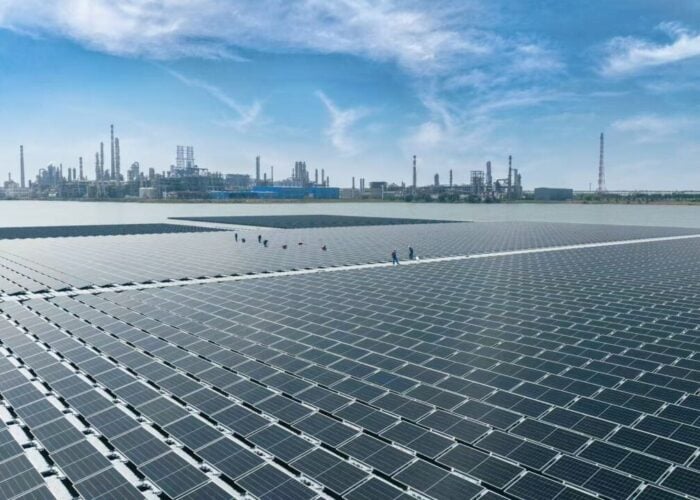
The US has published additional details about a withhold release order (WRO) on silica-based imports linked to Hoshine Silicon Industry, leading to suggestions that authorities may be more flexible in enforcing the order that has already seen solar modules detained at the border.
In an update to its Hoshine WRO frequently asked questions (FAQs) page last week, US Customs and Border Protection (CBP) said polysilicon products sourced from China’s Xinjiang region “carry a high risk of forced labour”, adding that an importer “can lower its risk of exclusions under the Hoshine WRO if it sources polysilicon from outside of Xinjiang”.
Unlock unlimited access for 12 whole months of distinctive global analysis
Photovoltaics International is now included.
- Regular insight and analysis of the industry’s biggest developments
- In-depth interviews with the industry’s leading figures
- Unlimited digital access to the PV Tech Power journal catalogue
- Unlimited digital access to the Photovoltaics International journal catalogue
- Access to more than 1,000 technical papers
- Discounts on Solar Media’s portfolio of events, in-person and virtual
Customs also provided guidance for importers on how to exercise reasonable care with regards to the order and included more flexible language concerning documentation that may be requested.
The US banned the imports of silica-based products made by Hoshine Silicon Industry and its subsidiaries in June in response to allegations of the use of forced labour in Xinjiang. Reports have since emerged of module shipments being held at US borders, with LONGi Solar revealing that 40MW of PV components were detained at five ports from 28 October to 3 November.
With Xinjiang accounting for 45% of global polysilicon production, according to research and advisory company InfoLink Consulting, the updated guidance has been welcomed by US-based importers of solar equipment.
“I think it’s a good step forward,” said George Hershman, CEO at EPC and O&M service provider SOLV Energy. “I think that we still obviously have to continue to work with CBP and our vendor partners to make sure that we get the vast majority of manufacturers on a low risk profile, which is really what we’ve been asking for.”
The Hoshine WRO is not expected to affect most silica-based products imported into the US, according to Customs, which stressed the scope of the order is not geographic, but rather entity-specific, meaning that not all goods containing silica-based products from China will be targeted for detention.
The new FAQ suggesting that importers can lower their risk of exclusions if they source polysilicon from outside Xinjiang has been added in response to questions from the business community, Customs said in a statement sent to PV Tech.
This update is said to reflect an understanding that the origin of polysilicon likely also determines the origin of the silicon metal, given that suppliers tend to be colocated, according to Richard Mojica, who leads the customs practice at law firm Miller & Chevalier and is a former attorney at CBP.
“Some have reacted to this FAQ as saying that Customs has made it easier to demonstrate admissibility, or has somehow toned down enforcement. I don’t view it that way… Rather, it’s more subtle and less definitive than that,” Mojica said.
This FAQ has been well received by the industry, Mojica said, because it gives hope that perhaps modules are going to be admissible if they have good documentation concerning the origin of the polysilicon even if they don’t have documentation about the origin of the silicon metal.
Another question that has been tweaked relates to what kind of evidence Customs will expect from importers seeking the release of detained shipments. The agency, which said it has been informed by some importers that they are facing difficulties in documenting the sourcing of product components, will engage with importers to ascertain whether they have made every reasonable effort to trace their supply chains and guard against the use of forced labour.
Documentation including an affidavit from the provider about the origin and components of the silica-based products as well as other business documentation such as daily manufacturing process reports “will be helpful and may be requested”, the guidance reads.
Francesca Guerrero, a partner at law firm Thompson Hine, said one of the reasons that there is so much difficulty in gathering the documentation necessary to respond to the detentions is that “Chinese suppliers face tremendous pressure against helping the US government and other governments comply”.
She added: “It’s very difficult to do a supply chain audit in the way that CBP expects because you can’t get people on the ground in China, including audit companies, it’s very difficult for them to provide the information you need. I do think that is what is behind the change in the FAQ, recognising that difficulty.”
The listed documents in the FAQs are not an exhaustive list of documentation that might be requested to demonstrate admissibility, and Customs said it will evaluate the evidence and supporting materials submitted on a “case-by-case basis”, language was that not included in previous WRO guidance from the agency.
Mojica said that as well as recognising concerns that have been voiced by many in the industry about the challenges of obtaining information about the origin of polysilicon, the move to evaluate on a case-by-case basis “gives CBP and importers some potential wiggle room”, with the update acknowledging that some companies may have more information about certain pieces of the supply chain than others.
According to Mojica, the more flexible language signals to importers that they do not necessarily have to submit all the listed documents for their merchandise to be deemed admissible, they could get there with a set of documents that are specific to their situation that are nonetheless still convincing.
He said: “The nuance added to that FAQ adds a glimmer of hope because prior to that, if you look at what CBP is requesting, some of the companies with the best compliance programmes out there are having an incredibly difficult time of putting everything together just because historically, these documents have not been kept in the regular course of business.”
Customs also revealed its process for detaining goods under the WRO. If merchandise is detained, importers have three months either to export the shipment or to submit information demonstrating that the imports do not violate the WRO. If an importer then fails to export the goods or to provide the necessary information for admissibility within the three-month period, the shipment will be excluded from entry. Once a shipment is excluded, the importer has another 60 days to re-export the shipment.
However, Mojica said when Customs issues a detention notice, it does not tell the importer, either then or later, why it is detaining the merchandise, meaning the importer is required to prove the absence of Hoshine content in its supply chain.
“That remains at the heart of the concern for importers and manufacturers” with regard to the decision to detain, he said, adding that while CBP has hinted at what they look at to detain, the “missing piece is sharing the information to the importer as to the reasons for the detention.
“Without that, it is hard to address those concerns, specifically in any detention notice, and also hard to make adjustments to the supply chain because most companies out there want that information so that they can either remediate the issues or cut problematic suppliers from their supply chain. Without that information, it’s hard.”






